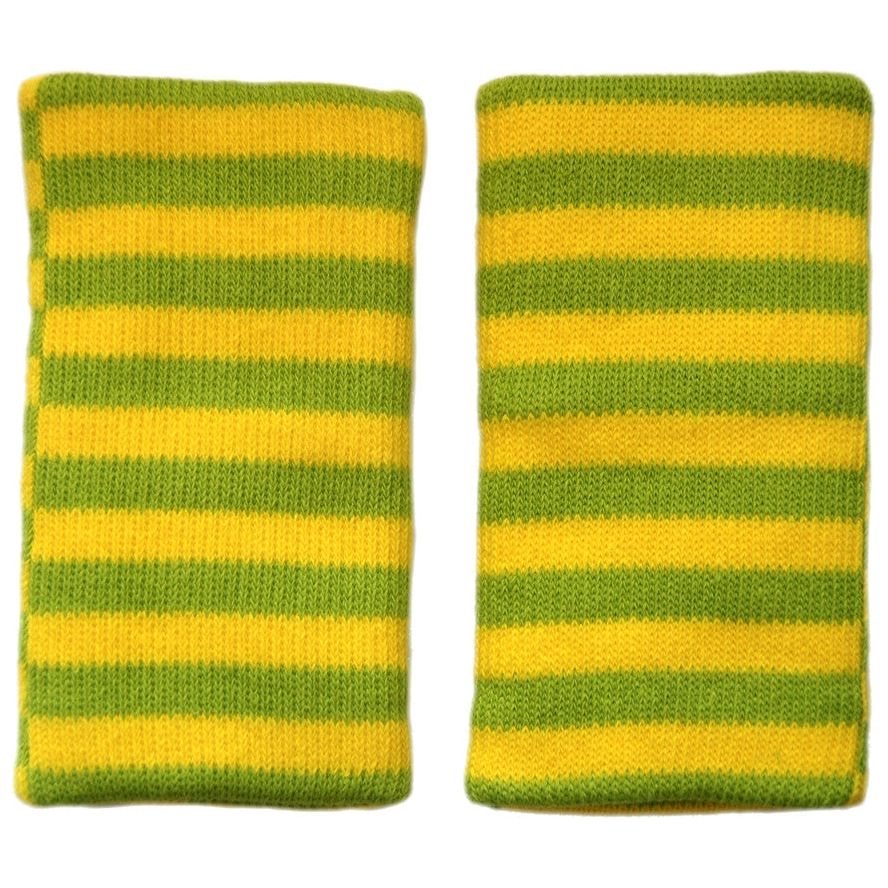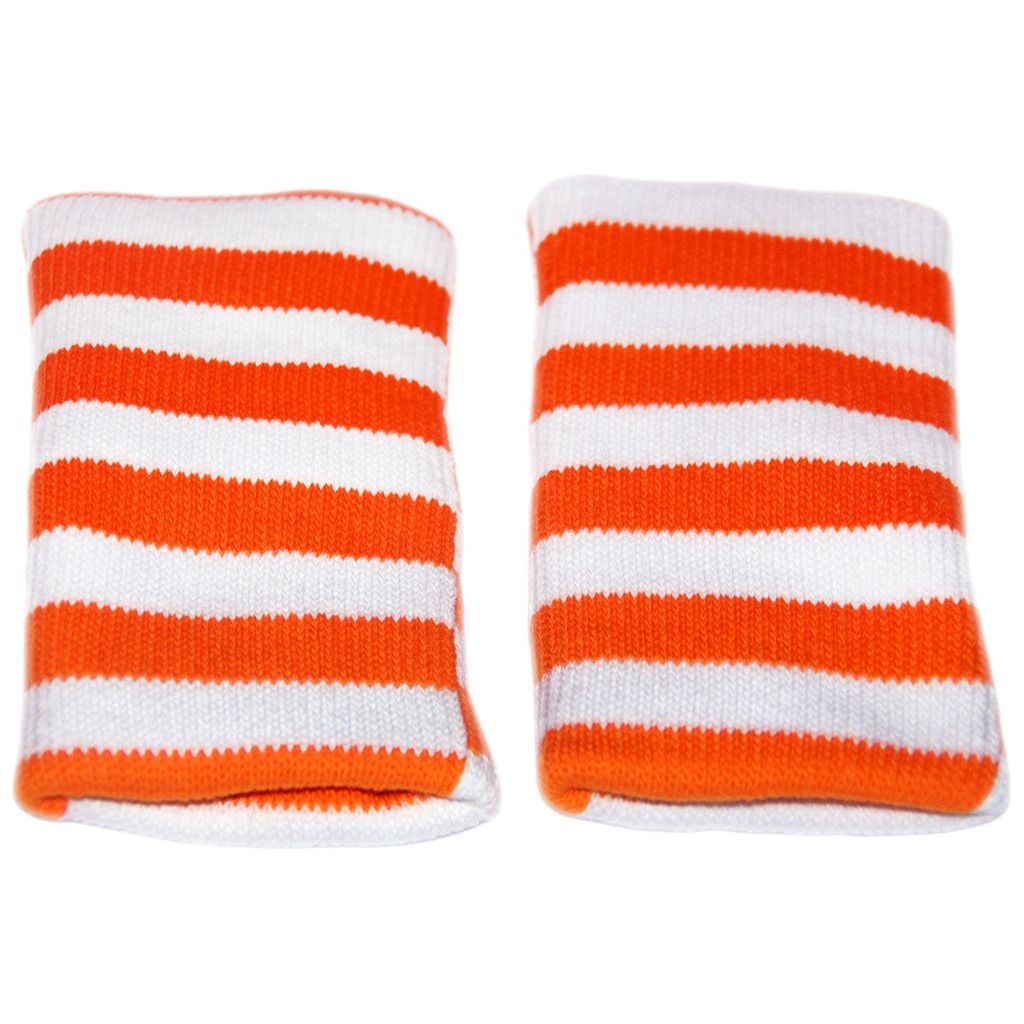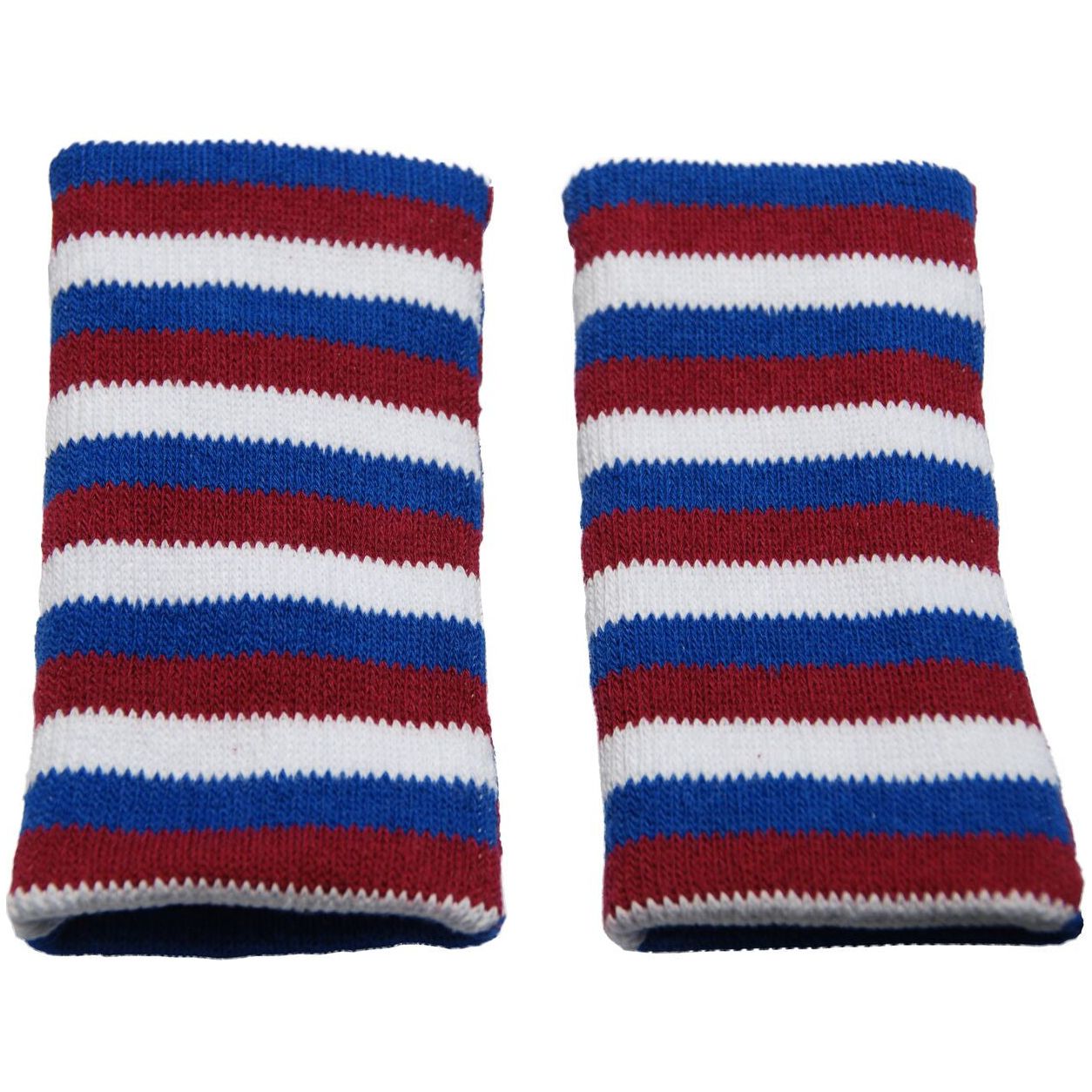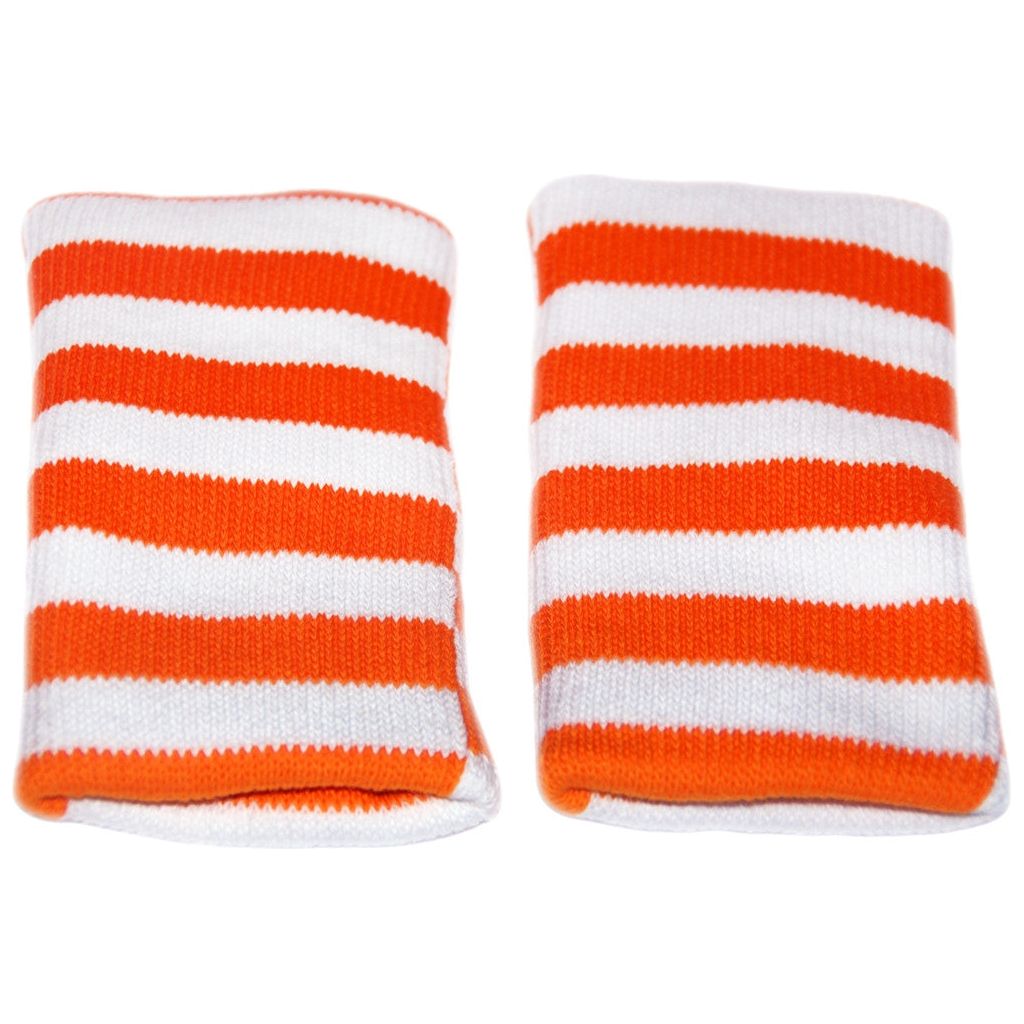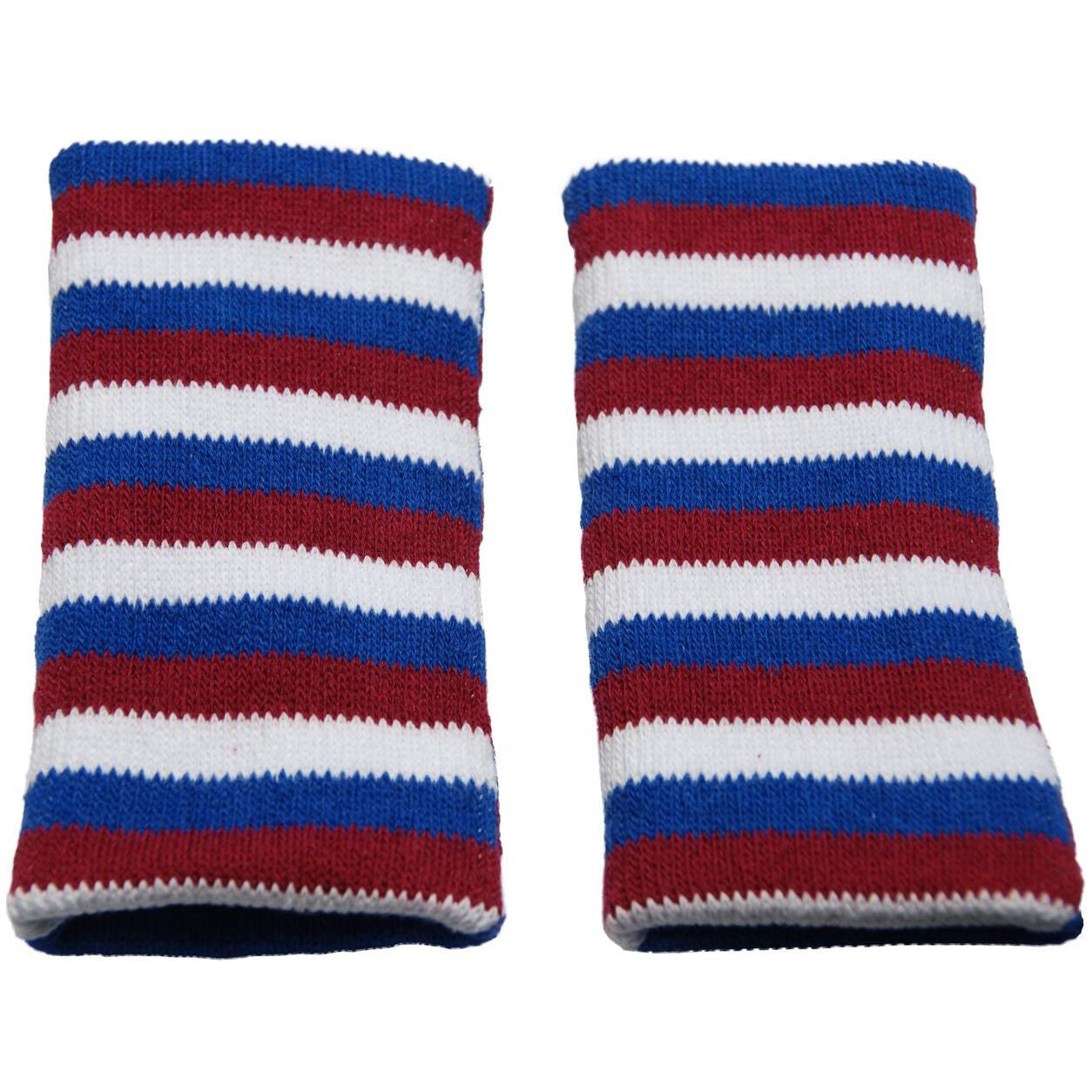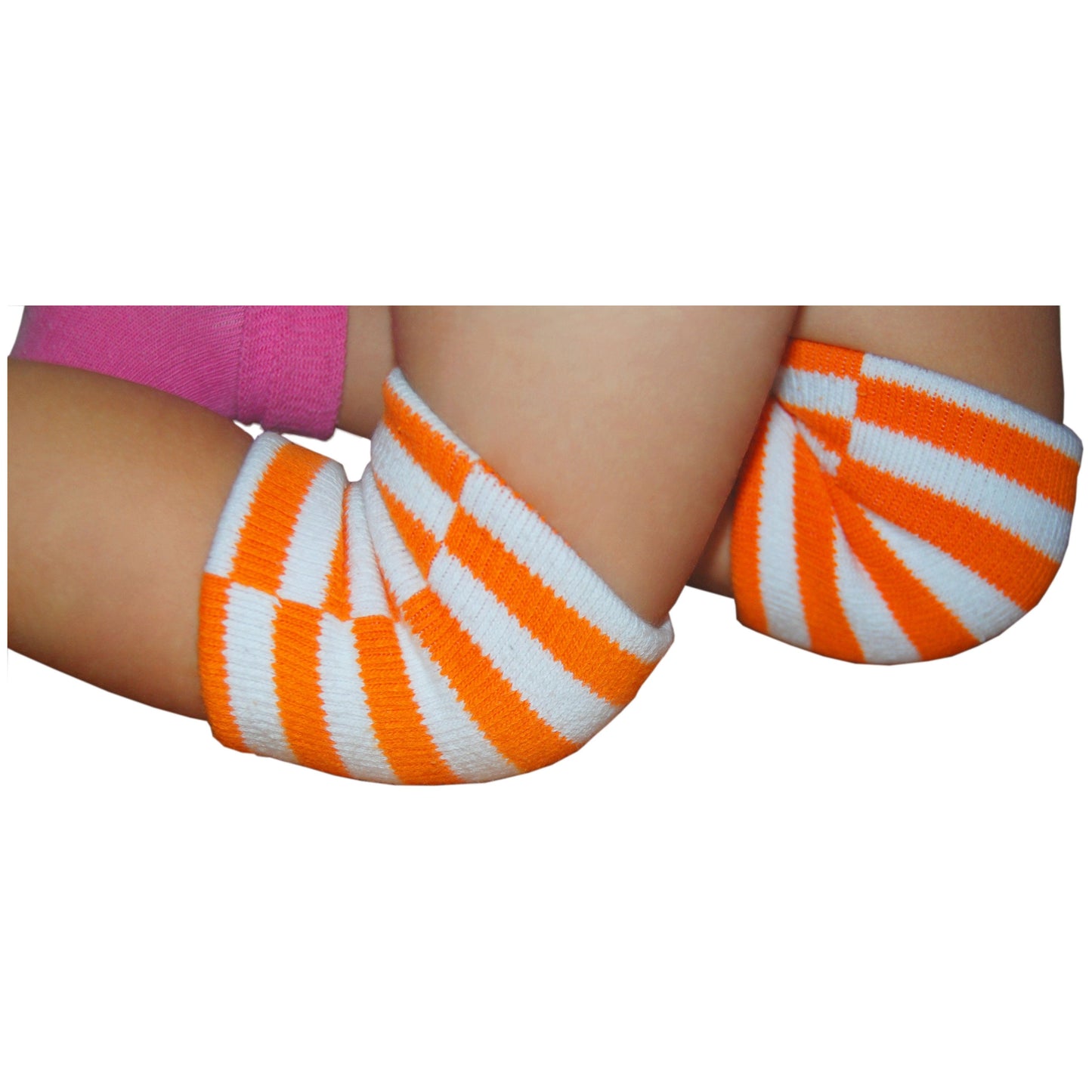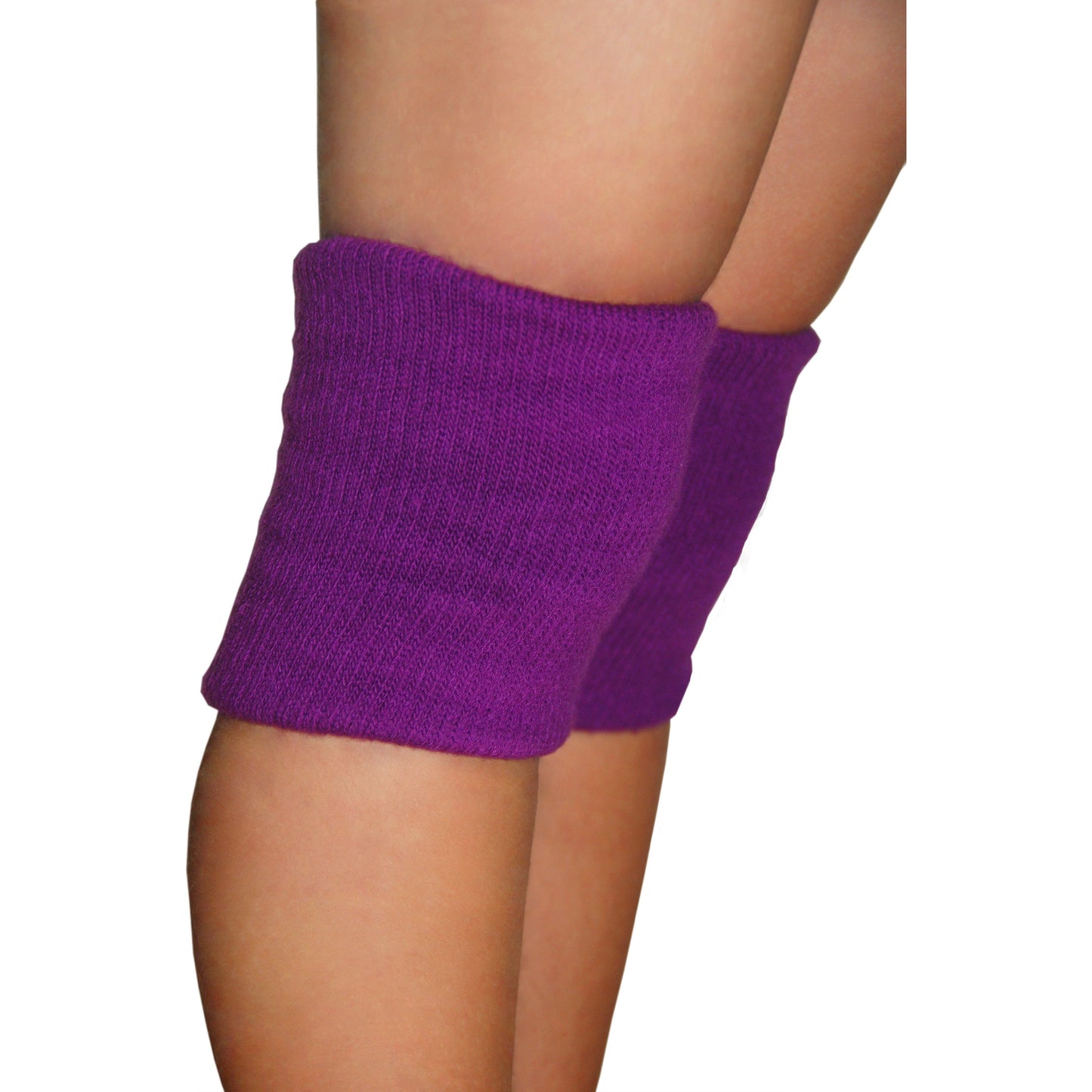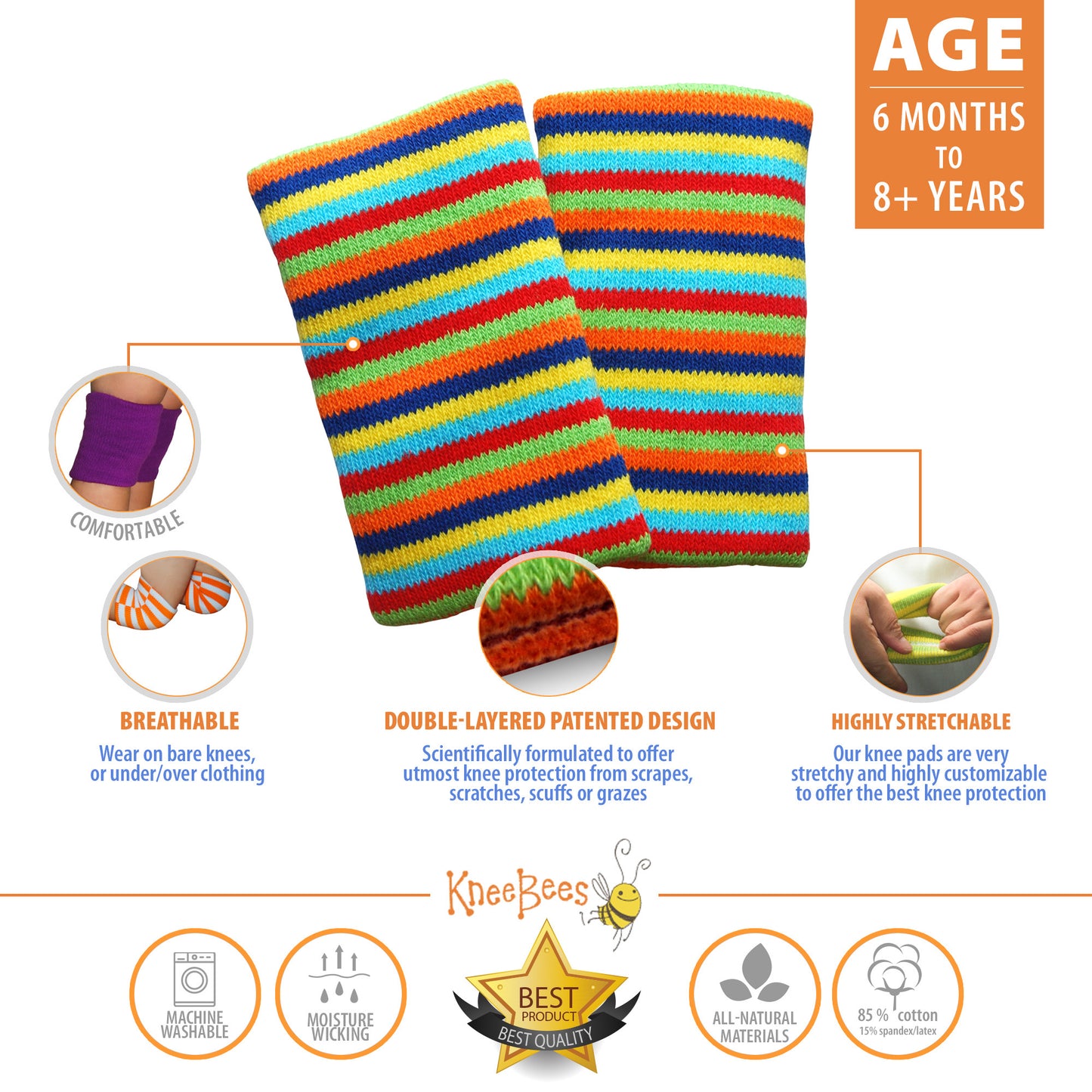We found this great article on
www.webmd.com. It was written by
Sarah Henry, and reviewed by
Hansa D. Bhargava, MD. These are some great tips on how to get kids to exercise.

- Image taken from http://adorepics.com/
"Some children just aren't into sports, but that shouldn't mean they have to be glued to the tube. Creative kid fitness, experts tell WebMD, may be as simple as a walk in the park. Help your sedentary son or daughter discover the benefits and joys of physical activity with these 12 tips.
Kid Fitness Tip #1: Think outside the playing field.
Not everyone is drawn to organized sports such as soccer or baseball. Look for other activities your child will enjoy -- like dancing, rock climbing, swimming, or martial arts. And have patience -- it may take some trial and error before your kid finds the right fit.
"It's probably time to explore another option when your child is no longer having fun," says Eric Small, MD, a specialist in pediatric/adolescent sports medicine and author of Kids & Sports. "Keep trying different ideas until something clicks. It's important to get non-athletic kids motivated and moving so they can enjoy a lifelong habit of physical activity."
Kid Fitness Tip #2: Join in the game.
Kids love it when their parents play with them. So encourage children's fitness by taking a family hike. Have a game of catch. Walk or bike to school together. Play hopscotch. "You don't need a lot of fancy equipment or special classes to encourage your child to exercise," says Patricia Nixon, PhD, president-elect of the North American Society of Pediatric Exercise Medicine.
Kid Fitness Tip #3: Limit screen time.
The American Academy of Pediatrics recommends that kids get no more than one to two hours of screen time a day, whether that's watching TV, surfing the Internet, or playing video games. But many children spend four or more hours each day in front of a screen. Encourage active alternatives to these passive pastimes, such as shooting hoops at the local playground, walking the dog, or a game of tag.
To help keep temptation at bay, remove TVs from bedrooms and put the computer in a shared space where you can supervise. If you have teens, set guidelines about other sedentary pursuits like chatting on the phone or text messaging.
Kid Fitness Tip #4: Lead by example.
If you vegetate in front of the TV every night, the remote control in one hand and a bag of chips in the other, you're not practicing what you preach. And your kids aren't likely to respect restrictions you set on their screen time either. So check your own viewing behavior and serve as a role model by incorporating physical activity into your everyday life. When you can, walk instead of driving. Climb the stairs rather than wait for the elevator. Regularly participate in active pursuits that you enjoy and let your kids see -- and hear about -- how much you enjoy them.
Kid Fitness Tip #5: Offer positive feedback.
Praise a child for perfecting that handstand or figuring out how to pump those legs to swing high in the sky. Out-of-shape or uncoordinated children need to hear encouragement for reaching even small goals, such as walking or biking further than last time. Remember, acknowledge the effort -- choosing to be active or trying to improve a skill -- rather than the outcome to help build your child's confidence, says Small.
Children who aren't naturally athletic may be self-conscious about their physical skills (or lack of them). They may also fear public failure, embarrassment, or teasing. A child may just be physically cautious. These kids need all the support and cheerleading you can offer. Nagging or negative comments don't work and will only serve to make your child feel bad, adds Nixon, who conducts research on physical activity and children at Wake Forest University in Winston-Salem, North Carolina.
Kid Fitness Tip #6: Bring a friend along.
Kids love to hang out with their peers, so invite a buddy along for a bike ride, offer to bring a friend ice-skating, or head to the pool with a companion. Young children enjoy going to the playground with friends to chase, climb, swing, slide, and run. If your child is more likely to check out a team sport with a friend in tow, then go ahead and sign her up. Just make sure the focus is on making fitness fun and learning new skills -- not competition and winning -- as this can dampen your child's enthusiasm for the game.
Forcing a child to go outside and play may backfire and increase resentment and resistance. "Exercise should never be punitive," says Small. "Don't make your child run laps or do push-ups as punishment." Instead, try using physical activity as a reward. Your child might be happy to play kickball for 20 minutes if it's a chance to take a break from homework.
Kid Fitness Tip #8: Establish a regular routine.
Make sure that children's fitness is plugged into the family schedule in the same way that school, work, shopping, chores, family gatherings, birthday parties, and playdates find their way onto the calendar. You and your child are more likely to stick to an exercise plan if you incorporate it into your life on a routine basis. And your child will begin to expect (and accept) that Saturday morning usually means a bike ride, and a couple of nights a week after dinner the family takes a brisk walk through the neighborhood.
Kid Fitness Tip #9: Take a non-negotiable position.
Is going to school, brushing teeth, or wearing a seat belt a subject of debate in your home? No, because these are all activities that promote the health, safety, and well-being of your child. Well, the same approach should apply to children's fitness, says Nixon. It's a no-brainer: Getting regular exercise is good for your mental and physical health. Stand firm from the get-go and don't let your child argue the merits of playing computer games versus playing ball games.
Kid Fitness Tip #10: Instill the idea that exercise is in.
Some kids really respond to the concept of doing something that's cool. Maybe your child wants to grind on a skateboard like Tony Hawke, deliver a karate kick a la Bruce Lee, learn the latest hip hop routine, or master the moves of capoeira. Older children, in particular, may have strong opinions about what's hip and what isn't. If it's safe and active and encourages your child to get in shape, then allow your kid to pick an activity that appeals to his sense of style.
Kid Fitness Tip #11: Put your child in charge.
Let each kid take a turn choosing an active weekend pursuit or after school activity. The nature lover may vote for a hike, the adventurer may opt for a trip to the nearest jungle gym or climbing wall. More sedentary souls may select an activity -- like walking, biking, or scootering -- with a destination in mind, such as a visit to the local library. Whether you wind up at a batting cage, bowling alley, or belly dancing class, they all count as children's fitness activities and your child can feel a sense of control over the situation. For younger kids, however, you may want to limit how many options they have to choose from.
Kid Fitness Tip #12: Make it fun.
Little children don't need much encouragement to stretch like a cat, run like a tiger, or jump like a kangaroo. And they'll have a blast doing it. And don't forget, grade schoolers still enjoy the opportunity for free play -- inside or out -- after a day spent at the desk. Stuck inside with tweens or teens on a rainy day? Then break out an action-oriented dance video game, to get your youngsters expending some energy. Younger children may enjoy just putting on some music to dance up a storm together. Whatever the activity, you want to keep the fun in kid fitness."

- Image taken from http://adorepics.com/
Information below is taken from
www.kidshealth.org. Reviewed by:
Mary L. Gavin, MD Date reviewed: August 2011. Describes kids' fitness personalities.
"
Kids' Fitness Personalities
In addition to a child's age, it's important to consider his or her fitness personality. Personality traits, genetics, and athletic ability combine to influence kids' attitudes toward participation in sports and other physical activities, particularly as they get older.
Which of these three types best describes your child?
1. The nonathlete: This child may lack athletic ability, interest in physical activity, or both.
2. The casual athlete: This child is interested in being active but isn't a star player and is at risk of getting discouraged in a competitive athletic environment.
3. The athlete: This child has athletic ability, is committed to a sport or activity, and likely to ramp up practice time and intensity of competition.
If you understand the concepts of temperament and fitness types, you'll be better able to help your kids find the right activities and get enough exercise — and find enjoyment in physical activity. Some kids want to pursue excellence in a sport, while others may be perfectly happy and fit as casual participants.
The athlete, for instance, will want to be on the basketball team, while the casual athlete may just enjoy shooting hoops in the playground or on the driveway. The nonathlete is likely to need a parent's help and encouragement to get and stay physically active. That's why it's important to encourage kids to remain active even through they aren't top performers.
Whatever their fitness personality, all kids can be physically fit. A parent's positive attitude will help a child who's reluctant to exercise.
Be active yourself and support your kids' interests. If you start this early enough, they'll come to regard activity as a normal — and fun — part of your family's everyday routine."










